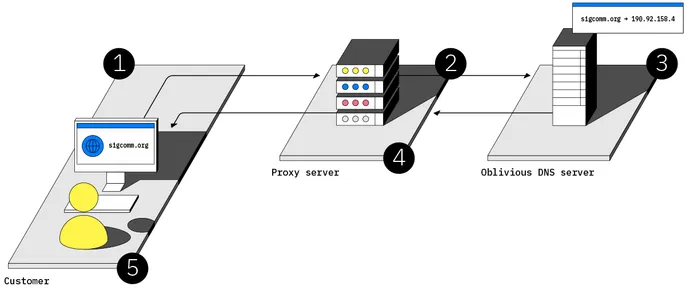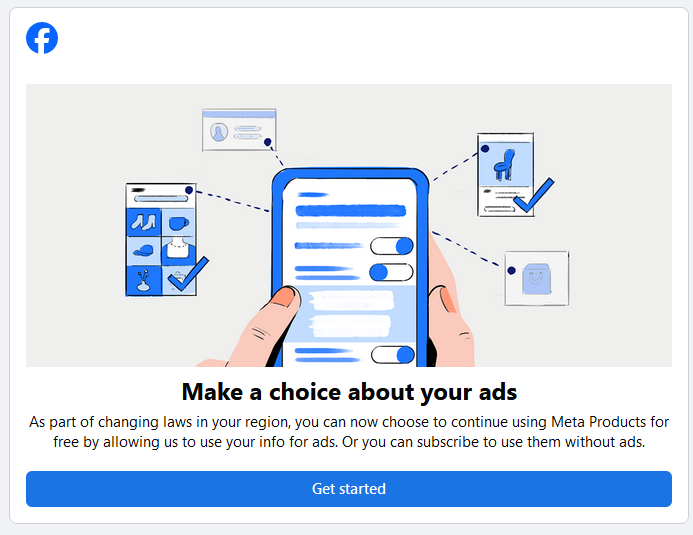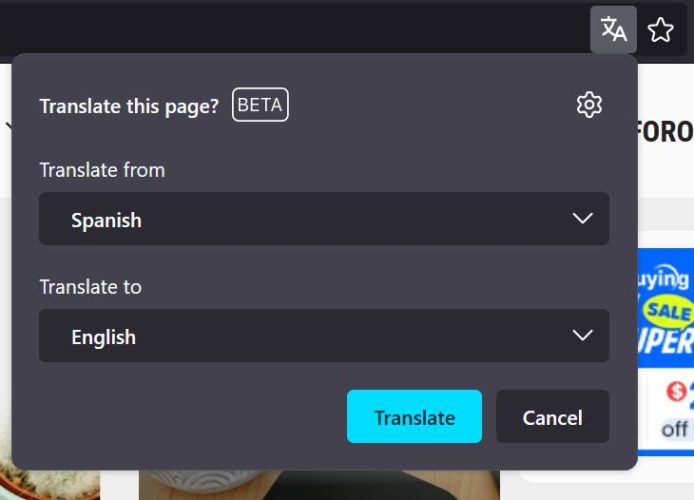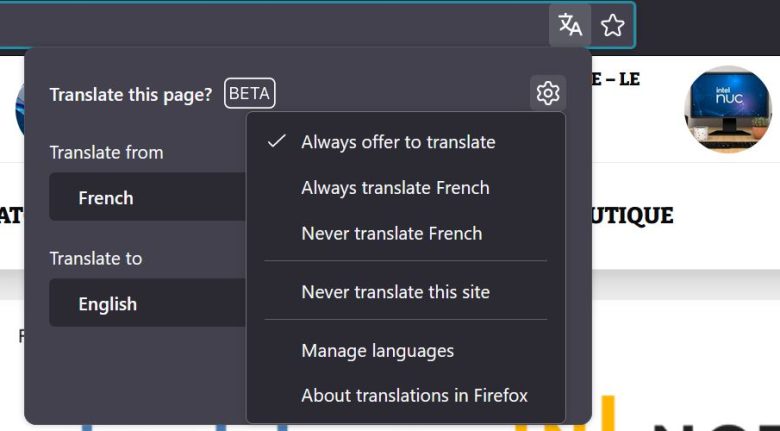Everyone who wants client-side scanning to be a thing insists it’s a good idea with no potential downsides. The only hangup, they insist, is tech companies’ unwillingness to implement it. And by “implement,” I mean — in far too many cases — introducing deliberate (and exploitable!) weaknesses in end-to-end encryption.End-to-end encryption only works if both ends are encrypted. Taking the encryption off one side to engage in content scanning makes it half of what it was. And if you get in the business of scanning users’ content for supposed child sexual abuse material (CSAM), governments may start asking you to “scan” for other stuff… like infringing content, terrorist stuff, people talking about crimes, stuff that contradicts the government’s narratives, things political rivals are saying. The list goes on and on.Multiple experts have pointed out how the anti-CSAM efforts preferred by the EU would not only not work, but also subject millions of innocent people to the whims of malicious hackers and malicious governments. Governments also made these same points, finally forcing the EU Commission to back down on its attempt to undermine encryption, if not (practically) outlaw it entirely.The Commission has always claimed its anti-encryption, pro-client-side scanning stance is backed by sound advice given to it by the experts it has consulted. But when asked who was consulted, the EU Commission has refused to answer the question. This is from the Irish Council of Civil Liberties (ICCL), which asked the Commission a simple question, but — like the Superintendent Chalmers referenced in the headline — was summarily rejected. In response to a request for documents pertaining to the decision-making behind the proposed CSAM regulation, the European Commission failed to disclose a list of companies who were consulted about the technical feasibility of detecting CSAM without undermining encryption. This list
Everyone who wants client-side scanning to be a thing insists it’s a good idea with no potential downsides. The only hangup, they insist, is tech companies’ unwillingness to implement it. And by “implement,” I mean — in far too many cases — introducing deliberate (and exploitable!) weaknesses in end-to-end encryption.
End-to-end encryption only works if both ends are encrypted. Taking the encryption off one side to engage in content scanning makes it half of what it was. And if you get in the business of scanning users’ content for supposed child sexual abuse material (CSAM), governments may start asking you to “scan” for other stuff… like infringing content, terrorist stuff, people talking about crimes, stuff that contradicts the government’s narratives, things political rivals are saying. The list goes on and on.
Multiple experts have pointed out how the anti-CSAM efforts preferred by the EU would not only not work, but also subject millions of innocent people to the whims of malicious hackers and malicious governments. Governments also made these same points, finally forcing the EU Commission to back down on its attempt to undermine encryption, if not (practically) outlaw it entirely.
The Commission has always claimed its anti-encryption, pro-client-side scanning stance is backed by sound advice given to it by the experts it has consulted. But when asked who was consulted, the EU Commission has refused to answer the question. This is from the Irish Council of Civil Liberties (ICCL), which asked the Commission a simple question, but — like the Superintendent Chalmers referenced in the headline — was summarily rejected.
In response to a request for documents pertaining to the decision-making behind the proposed CSAM regulation, the European Commission failed to disclose a list of companies who were consulted about the technical feasibility of detecting CSAM without undermining encryption. This list “clearly fell within the scope” of the Irish Council for Civil Liberties’ request.
If you’re not familiar with the reference, we’ll get you up to speed.
22 Short Films About Springfield is an episode of “The Simpsons” that originally aired in 1996. One particular “film” has become an internet meme legend: the one dealing with Principal Seymour Skinner’s attempt to impress his boss (Superintendent Chalmers) with a home-cooked meal.
One thing leads to another (and by one thing to another, I mean a fire in the kitchen as Skinner attempts to portray fast-food burgers as “steamed hams” and not the “steamed clams” promised earlier). That culminates in this spectacular cover-up by Principal Skinner when the superintendent asks about the extremely apparent fire occurring in the kitchen:
Principal Skinner: Oh well, that was wonderful. A good time was had by all. I’m pooped.
Chalmers: Yes. I should be– Good Lord! What is happening in there?
Principal Skinner: Aurora borealis.
Chalmers: Uh- Aurora borealis. At this time of year, at this time of day, in this part of the country, localized entirely within your kitchen?
Principal Skinner: Yes.
Chalmers [meekly]: May I see it?
Principal Skinner: No.
That is what happened here. Everyone opposing the EU Commission’s CSAM (i.e., “chat control”) efforts trotted out their experts, making it clearly apparent who was saying what and what their relevant expertise was. The EU insisted it had its own battery of experts. The ICCL said: “May we see them?”
The EU Commission: No.
Not good enough, said the ICCL. But that’s what a rights advocate would be expected to say. What’s less expected is the EU Commission’s ombudsman declaring the ICCL had the right to see this particularly specific aurora borealis.
After the Commission acknowledged to the EU Ombudsman that it, in fact, had such a list, but failed to disclose its existence to Dr Kris Shrishak, the Ombudsman held the Commission’s behaviour constituted “maladministration”.
The Ombudsman held: “[t]he Commission did not identify the list of experts as falling within the scope of the complainant’s request. This means that the complainant did not have the opportunity to challenge (the reasons for) the institution’s refusal to disclose the document. This constitutes maladministration.”
As the report further notes, the only existing documentation of this supposed consultation with experts has been reduced to a single self-serving document issued by the EU Commission. Any objections or interjections were added/subtracted as preferred by the EU Commission before presenting a “final” version that served its preferences. Any supporting documentation, including comments from participating stakeholders, were sent to the digital shredder.
As concerns the EUIF meetings, the Commission representatives explained that three online technical workshops took place in 2020. During the first workshop, academics, experts and companies were invited to share their perspectives on the matter as well as any documents that could be valuable for the discussion. After this workshop, a first draft of the ‘outcome document’ was produced, which summarises the input given orally by the participants and references a number of relevant documents. This first draft was shared with the participants via an online file sharing service and some participants provided written comments. Other participants commented orally on the first draft during the second workshop. Those contributions were then added to the final version of the ‘outcome document’ that was presented during the third and final workshop for the participants’ endorsement. This ‘outcome document’ is the only document that was produced in relation to the substance of these workshops. It was subsequently shared with the EUIF. One year later, it was used as supporting information to the impact assessment report.
In other words, the EU took what it liked and included it. The rest of it disappeared from the permanent record, supposedly because the EU Commission routinely purges any email communications more than two years old. This is obviously ridiculous in this context, considering this particular piece of legislation has been under discussion for far longer than that.
But, in the end, the EU Commission wins because it’s the larger bureaucracy. The ombudsman refused to issue a recommendation. Instead, it instructs the Commission to treat the ICCL’s request as “new” and perform another search for documents. “Swiftly.” Great, as far as that goes. But it doesn’t go far. The ombudsman also says it believes the EU Commission when it says only its version of the EUIF report survived the periodic document cull.
In the end, all that survives is this: the EU consulted with affected entities. It asked them to comment on the proposal. It folded those comments into its presentation. It likely presented only comments that supported its efforts. Dissenting opinions were auto-culled by EU Commission email protocols. It never sought further input, despite having passed the two-year mark without having converted the proposal into law. All that’s left, the ombudsman says, is likely a one-sided version of the Commission’s proposal. And if the ICCL doesn’t like it, well… it will have to find some other way to argue with the “experts” the Commission either ignored or auto-deleted. The government wins, even without winning arguments. Go figure.
Source: Steamed Hams, Except It’s The EU Commission’s Alleged CSAM Regulation ‘Experts’ | Techdirt











 Twitter conversation with Philips Hue (source:
Twitter conversation with Philips Hue (source: